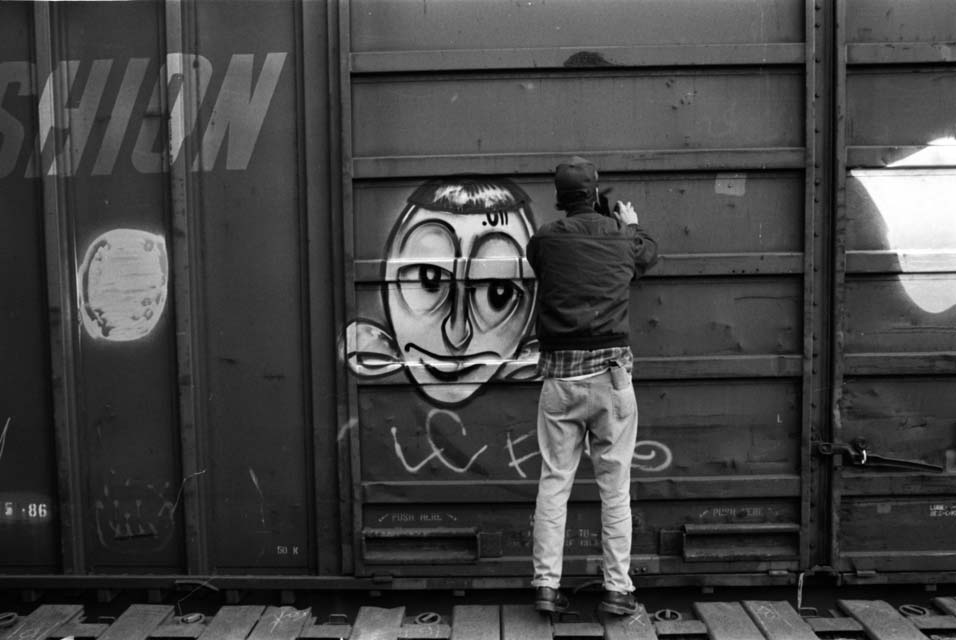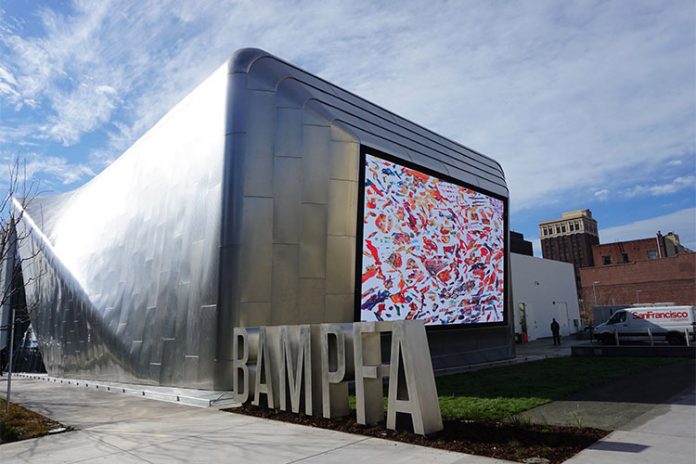Berkeley is famous for its prestigious university and is valued for its unusual bohemian spirit. The university’s inspirational neoclassical buildings rise in a wooded hilltop location overlooking San Francisco Bay. The campus was the birthplace of the Movement for Free Speech and Counter-Culture of the 1960s hippie renegades, and the chaotic and noisy Sproul Plaza continues to be an intense student scene.
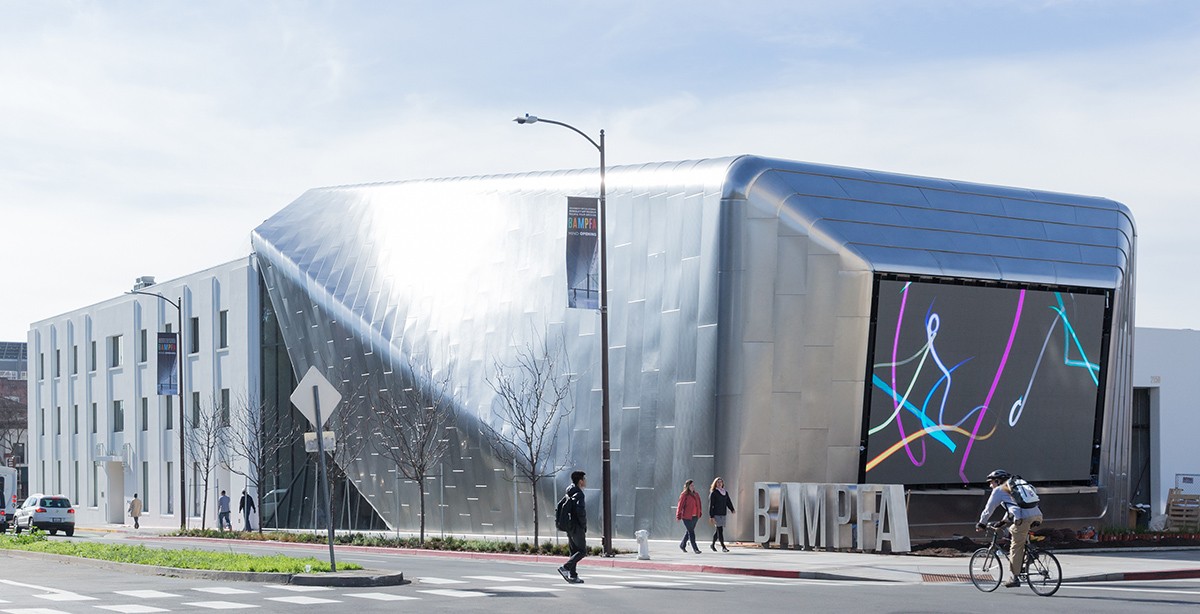
In addition to being an intellectual center, Berkeley is also a center of entertainment and gourmet cuisine. The local movement for organic food began here in the ’70s with Chez Panisse, a delightful French-California-style bistro that is a must-see for gourmets. Tourists can enjoy delicious food in the gourmet ghetto, and then watch a world-class performance in one of the award-winning Berkeley theaters. Nature lovers also have good reasons to visit: the city’s magnificent parks and botanical gardens offer impressive flower displays and stunning panoramic views.
Of the rare plant species, in oral history to the insects of the West, Berkeley has an extensive collection of art, artifacts, and biological and physical objects. Many of these museums are open to the public, while others are reserved for researchers in specific areas.
The project of the remarkable Japanese architect Toyo Ito is the building of the museum and film archive of the California University in Berkeley.
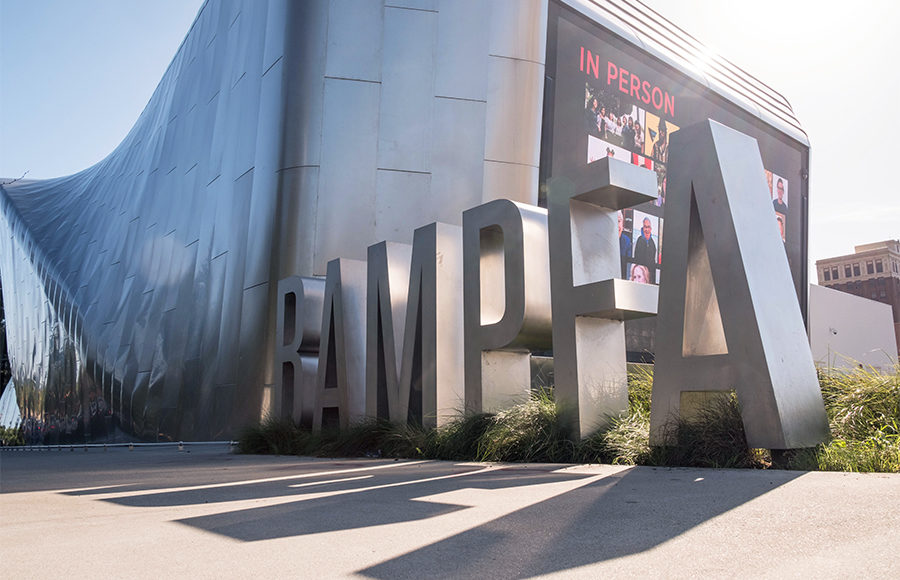
The new building of Berkeley Art Museum is a rectangular volume, with walls slightly inclined outward and inward. Its perimeter is made permeable: its facades are cut through by niches, where there are small yards – new public spaces for recreation and communication of students. In addition, the project envisages a new square next door, where various events can be held. Inside the building, in closely connected cubic spaces, there are exhibition halls, storage rooms, and classrooms. The new building develops the idea of dynamic connection and mutual influence of the building and its urban environment, which is characteristic of Ito’s creativity.
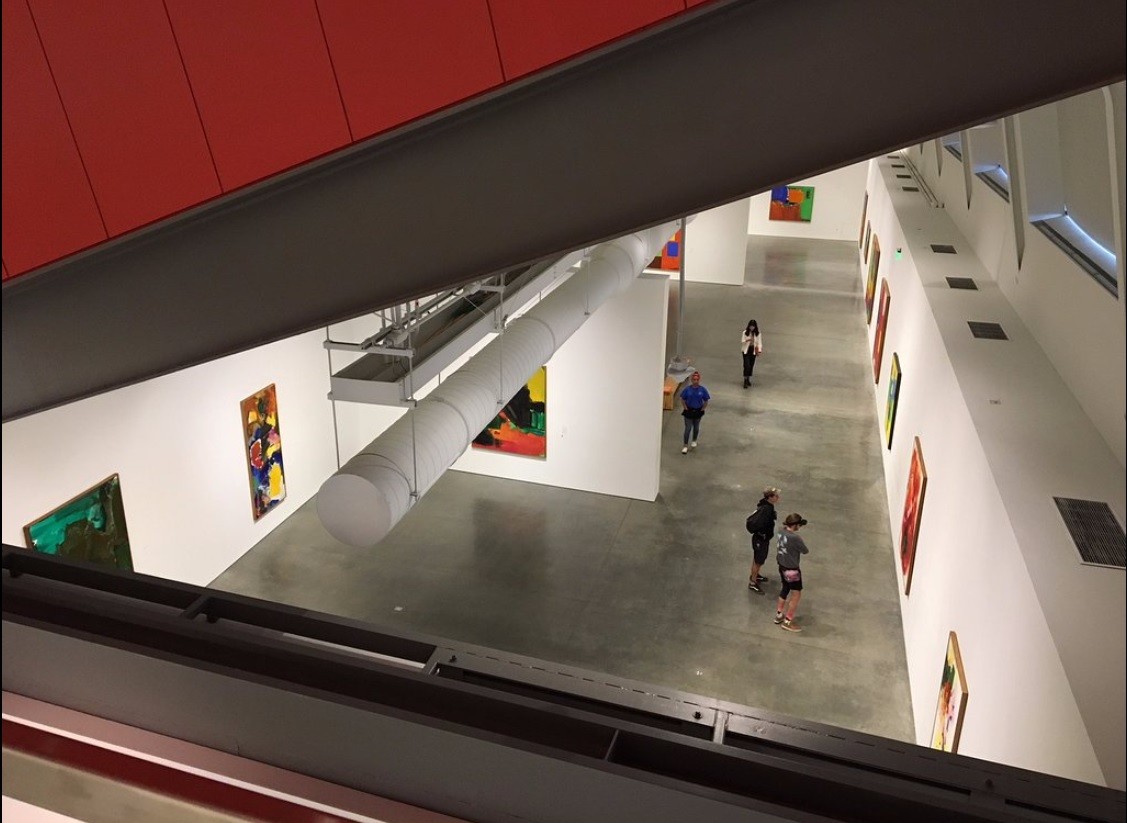
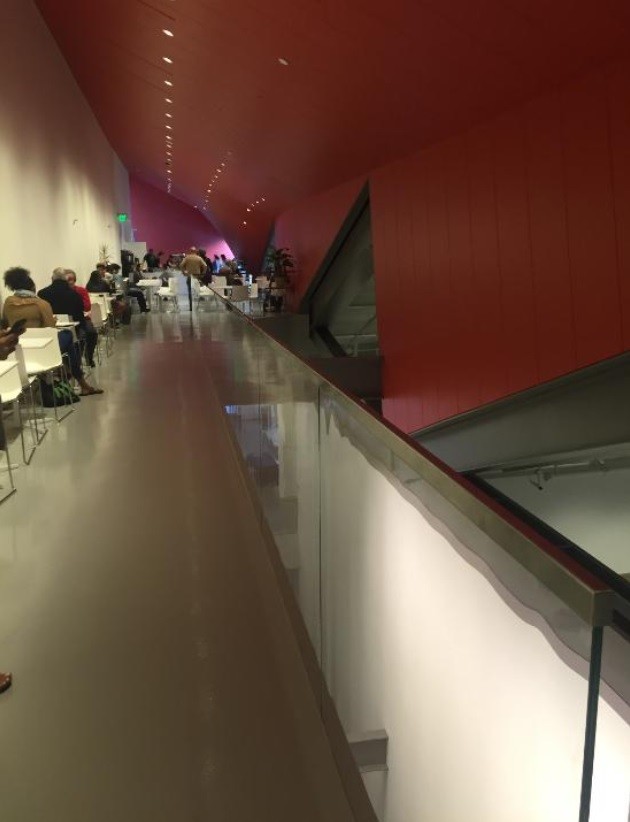
In 1999, a study of the old building of the Berkeley Art Museum and the Pacific Film Archive was conducted, and its condition was found to be inadequate in terms of seismic safety (which is extremely important for the San Francisco area). That’s when it was decided to build a new complex.
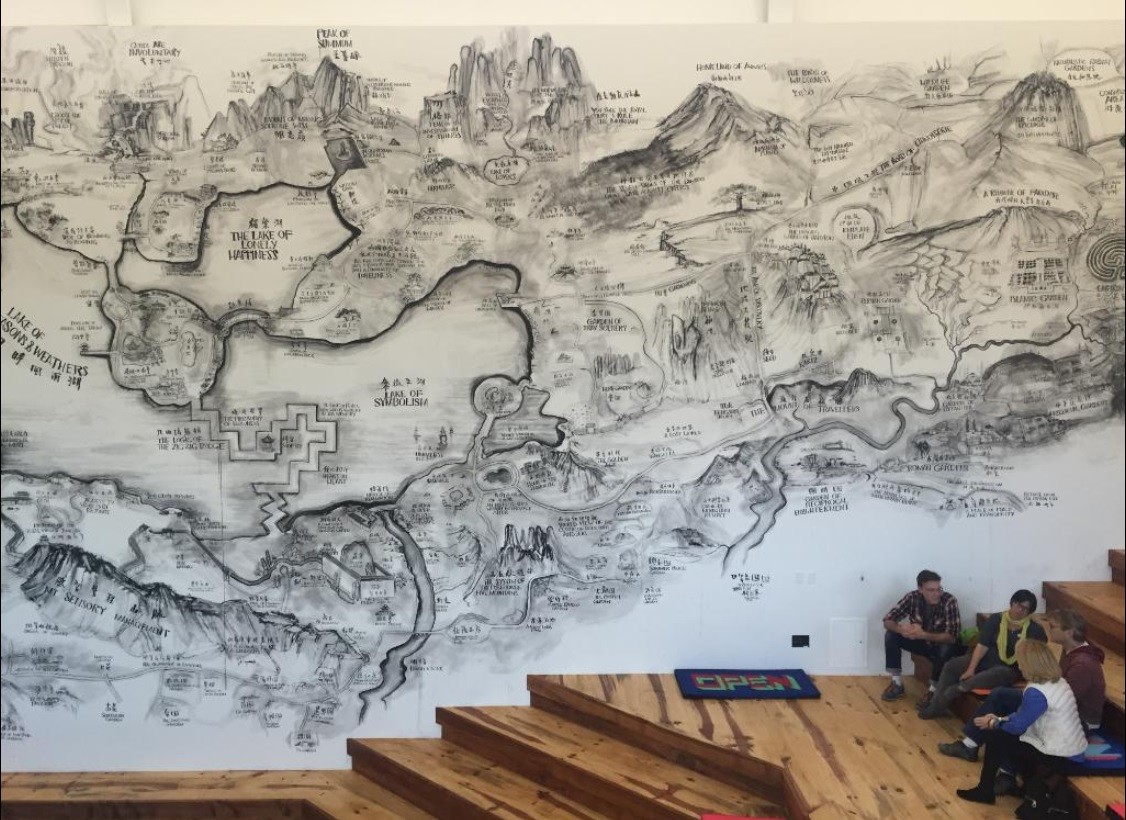
Berkeley Museum of Art was founded relatively recently – in 1963, but its collection includes outstanding works of art from ancient Asia to the present day, as well as works of twentieth-century artists from around the world.
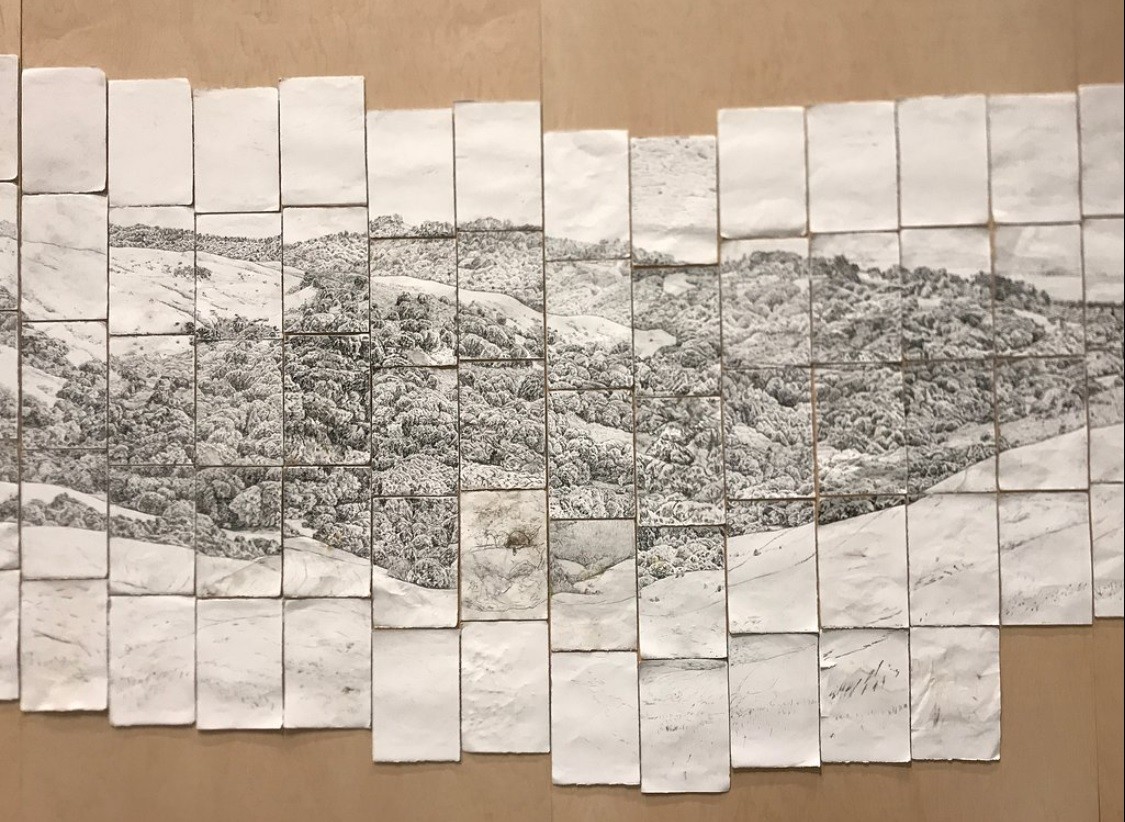
The Pacific Film Archive holds the largest collection of Japanese films outside of Japan, a large collection of Soviet silent films, American avant-garde films, rare examples of animation, films from Eastern Europe, Central Asia, etc.
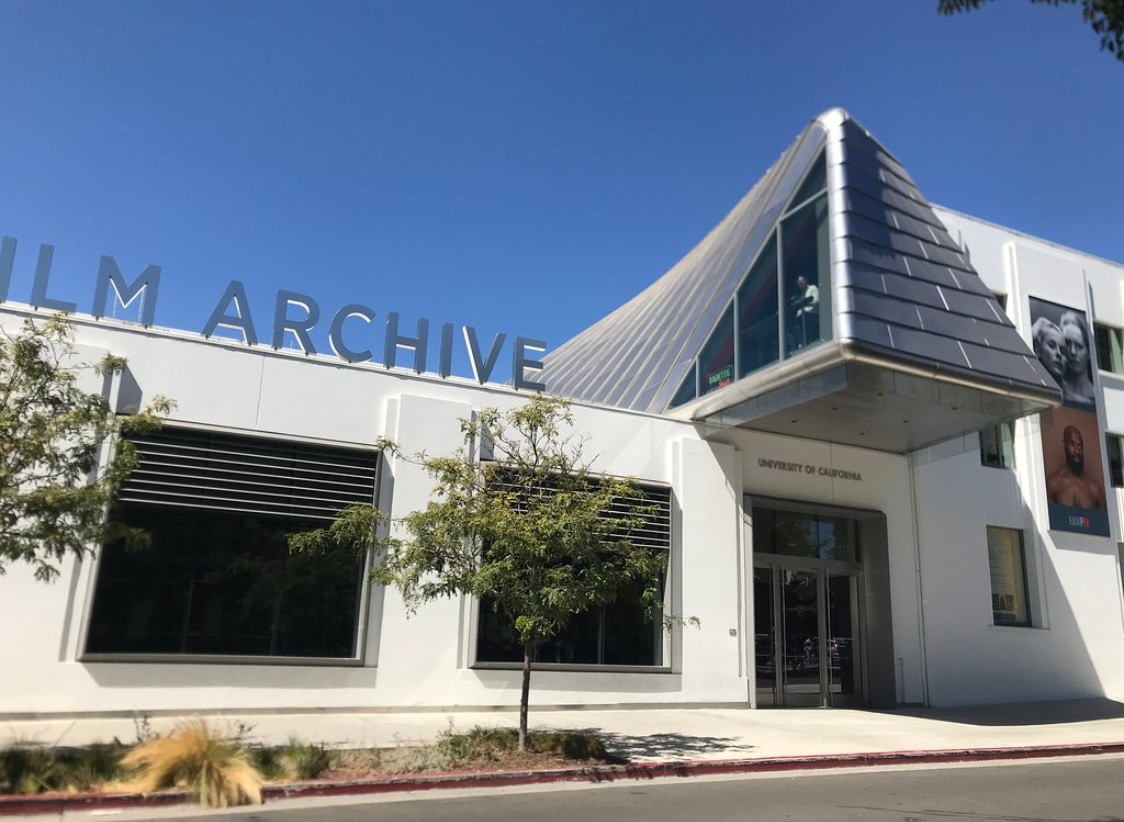
In late January 2016, the Art Museum in Berkeley (Berkeley Art Museum, California, USA) will resume work on the new premises. “Architecture of Life” is the first exhibition of art space, which should combine artistic works and scientific discoveries.
Art Collections
The collection includes more than 22000 works of art, including Chinese paintings from the Ming and Qing Dynasties, Indian miniature painting from the Great Mogul Dynasty, Baroque paintings, engravings and drawings by old masters, early American painting, African-American blankets, photographs from the 19th and 20th centuries, conceptual art. , and international contemporary art.
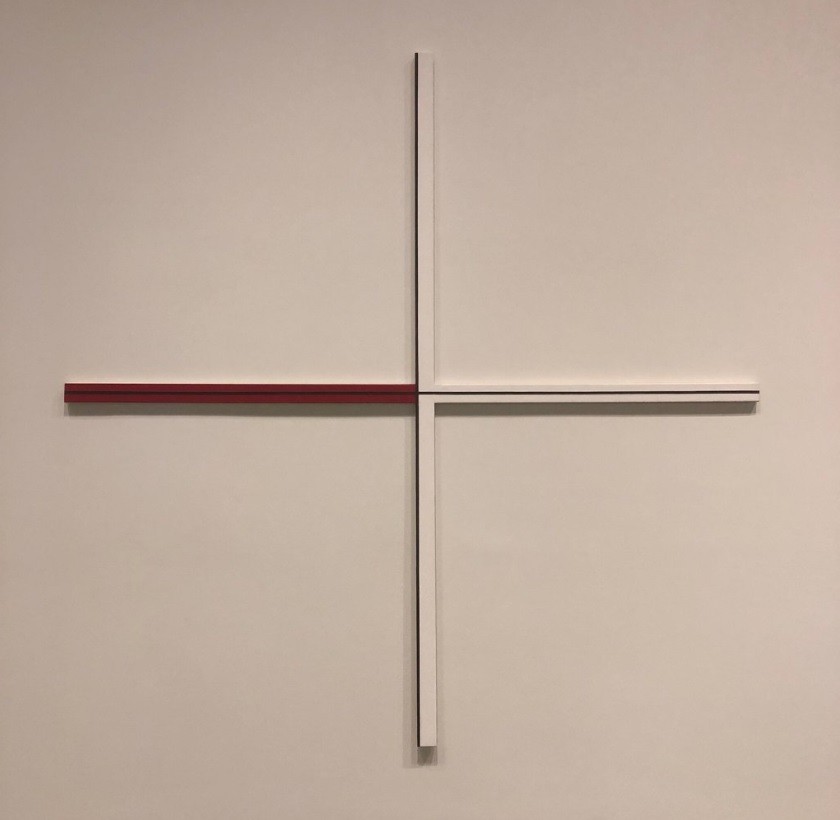
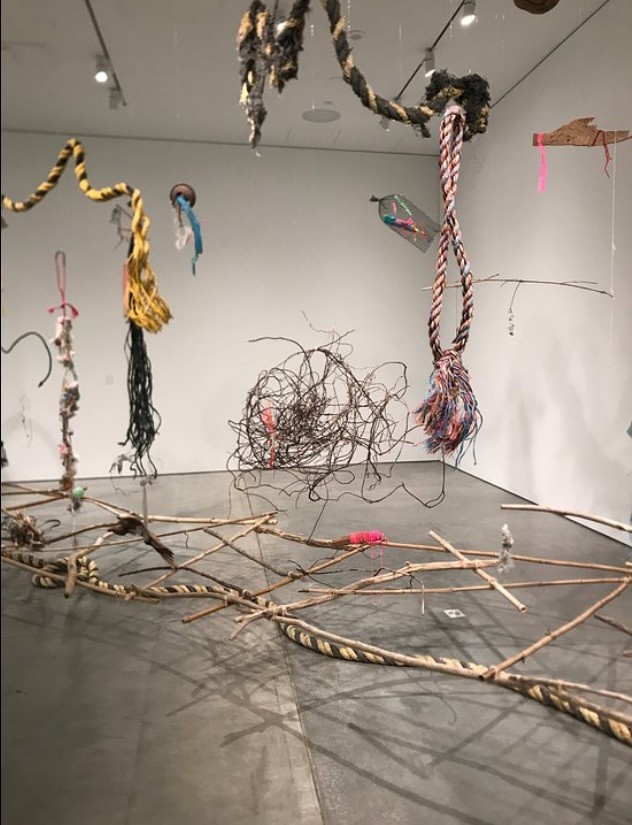
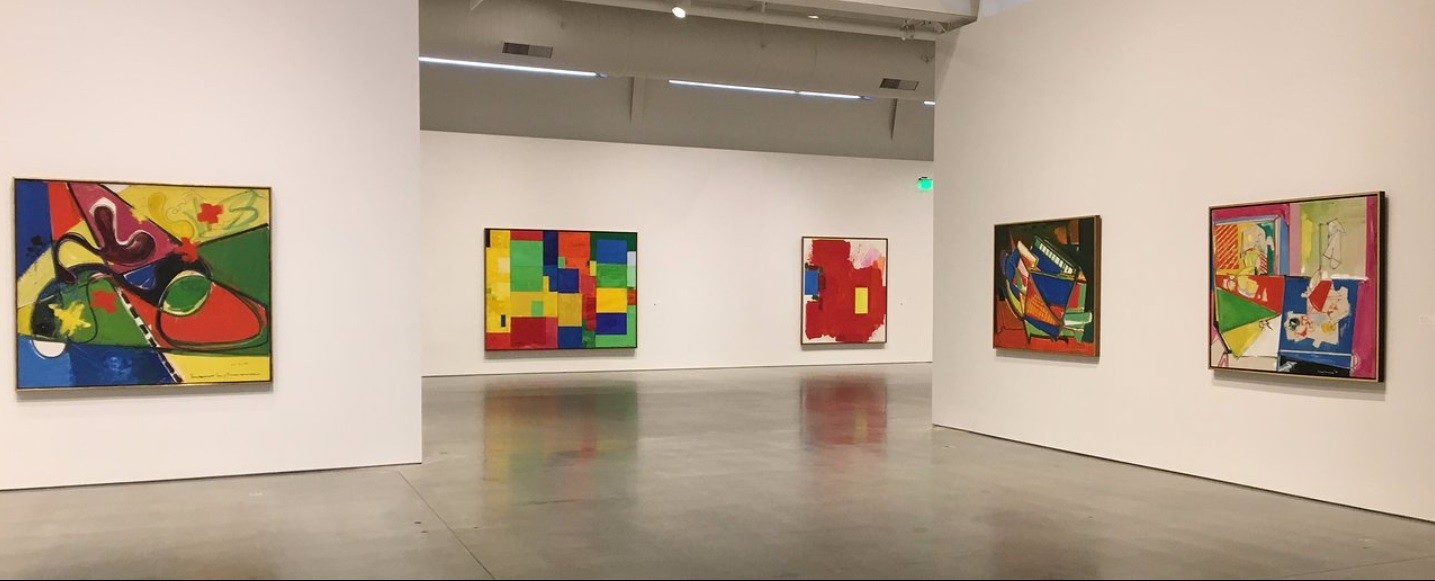
The museum features the works of Albert Bierstadt, Jonathan Borofsky, Joan Brown, Robert Wheelscott, Jay DeFeo, Helen Frankenthaler, Paul Gauguin, Juan Gris, Ants Farm, Howard Fried, Paul Kos, Robert Mapplethorpe, Knox Martin, Jackson Pollock, Mark Rothko, and Sebastian Salgado. The museum also features the MATRIX contemporary art program.
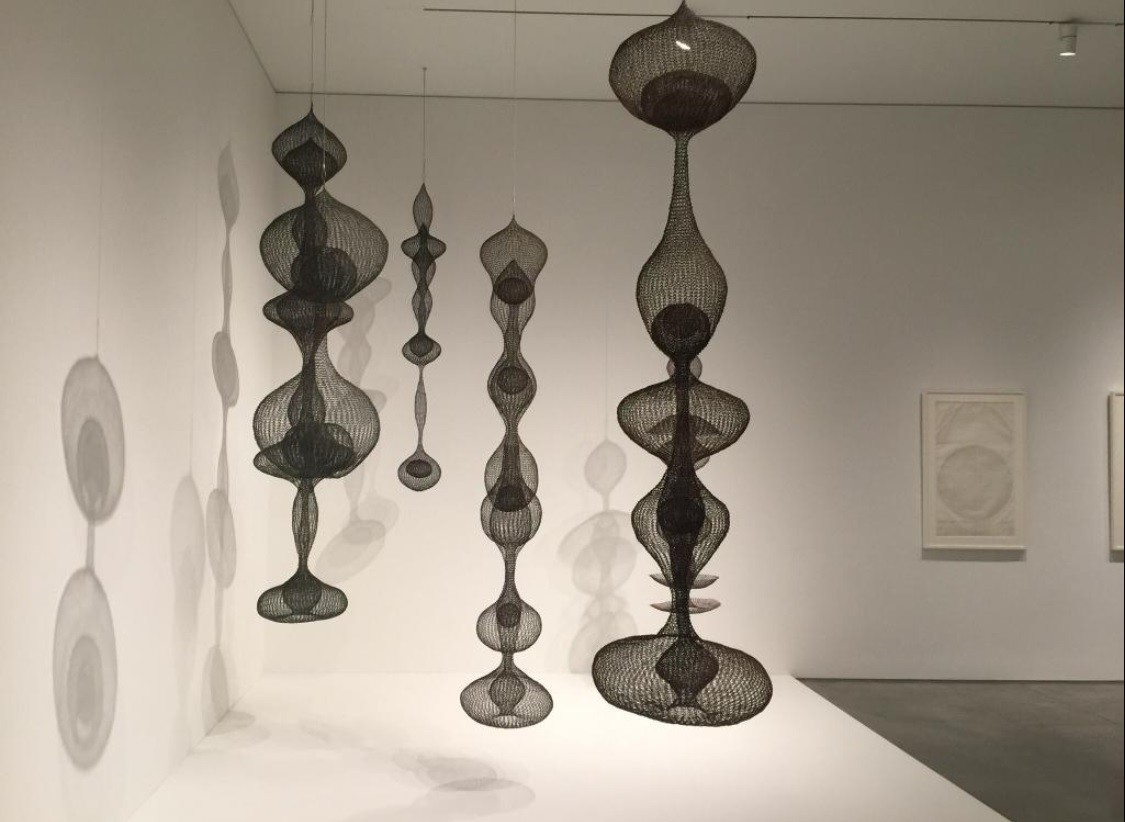
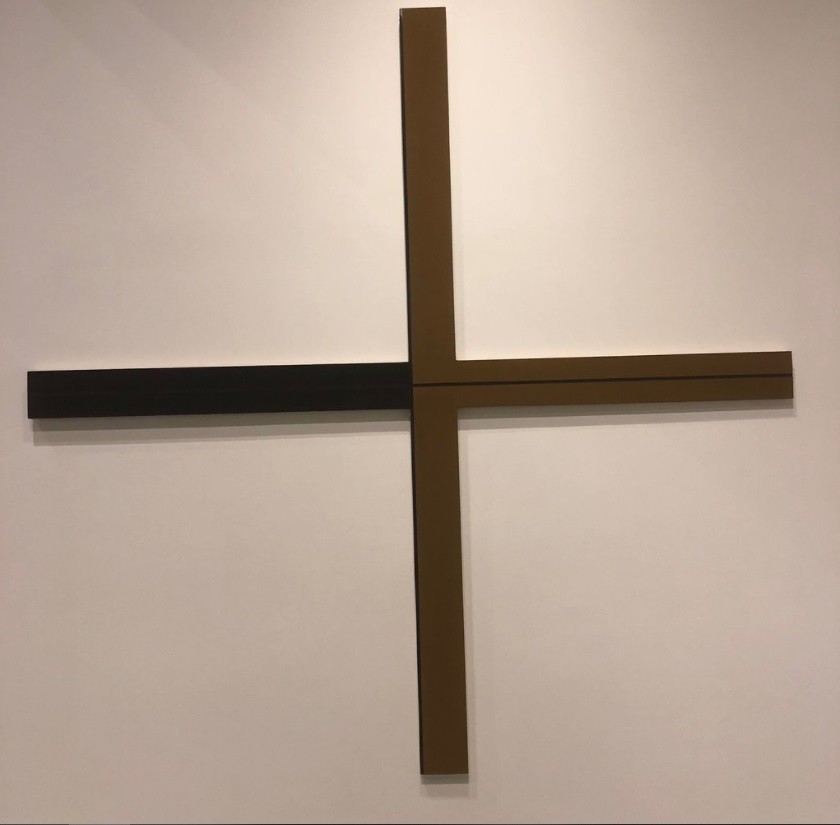
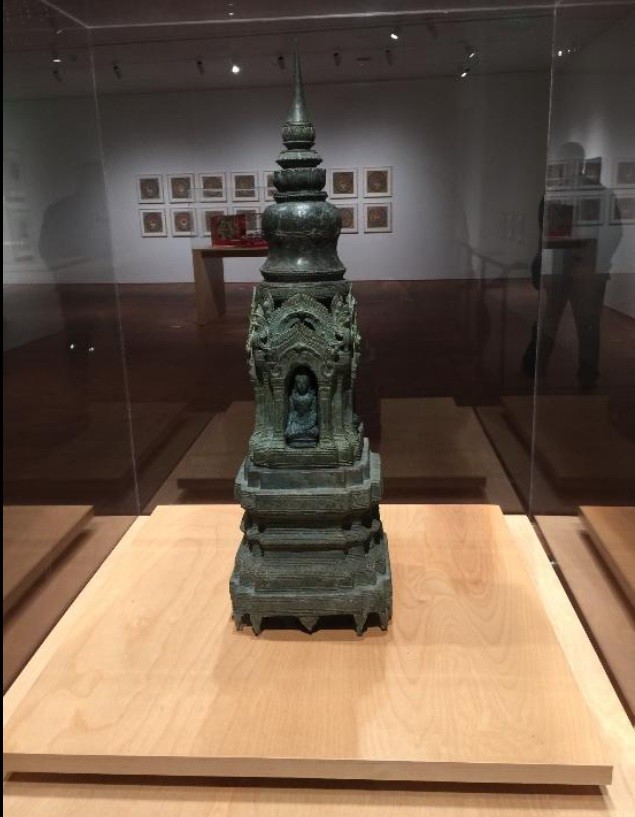
In 2009, the Museum purchased (as a gift from the artist) a series of 56 paintings and drawings by Fernando Botero “Abu Ghraib”. Fragments of the series are regularly included in the permanent exhibitions of the Museum “Art for Human Rights”.
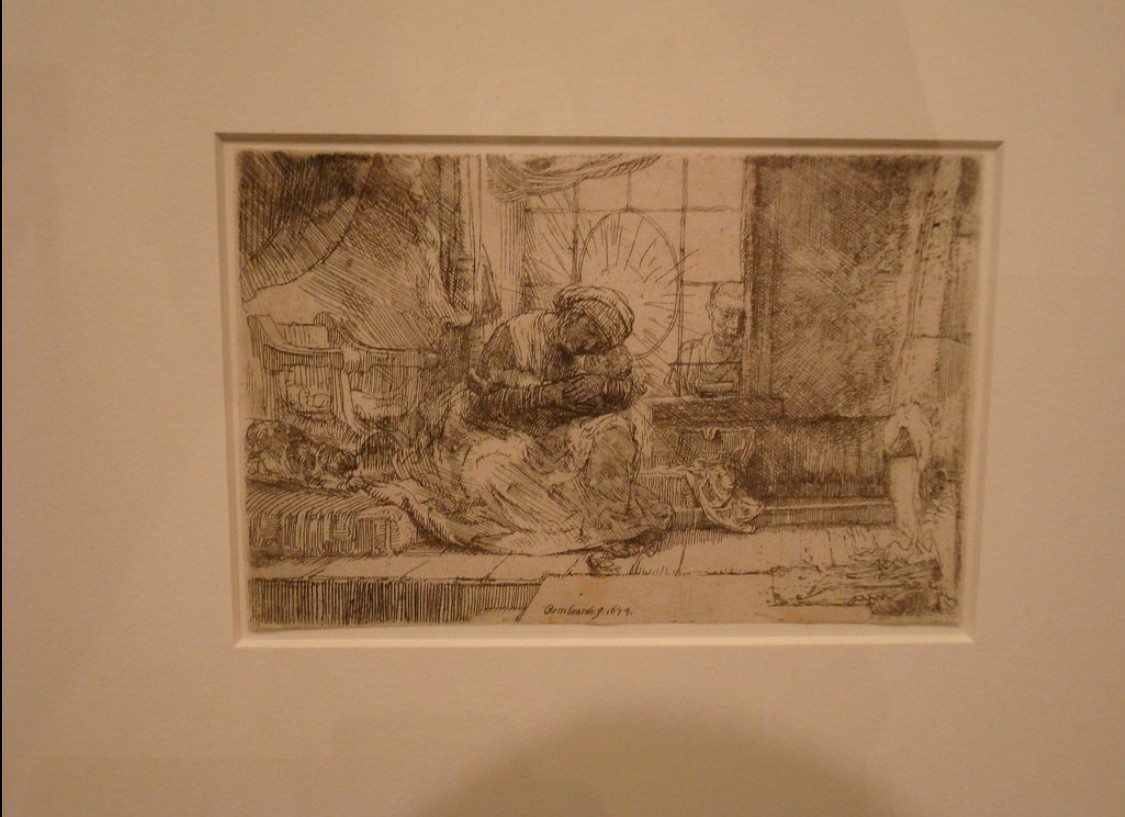
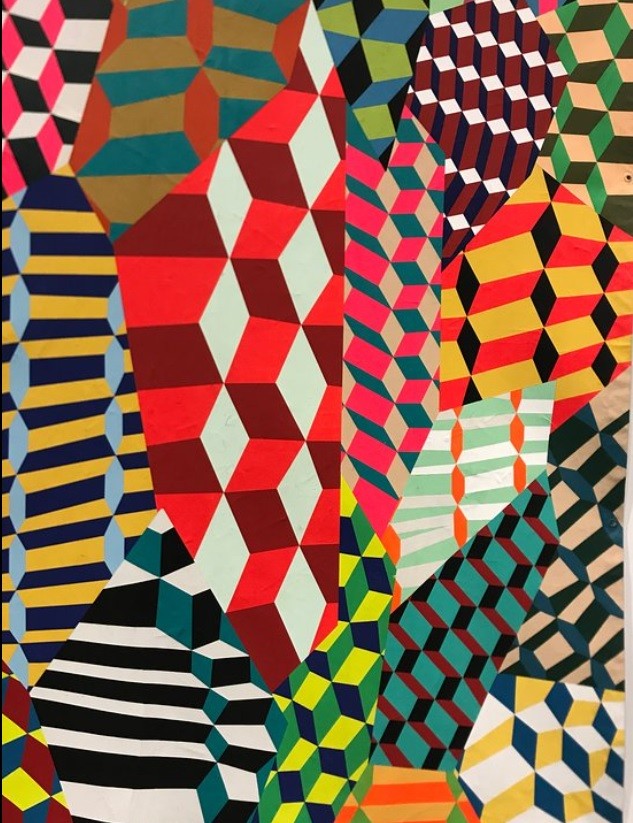
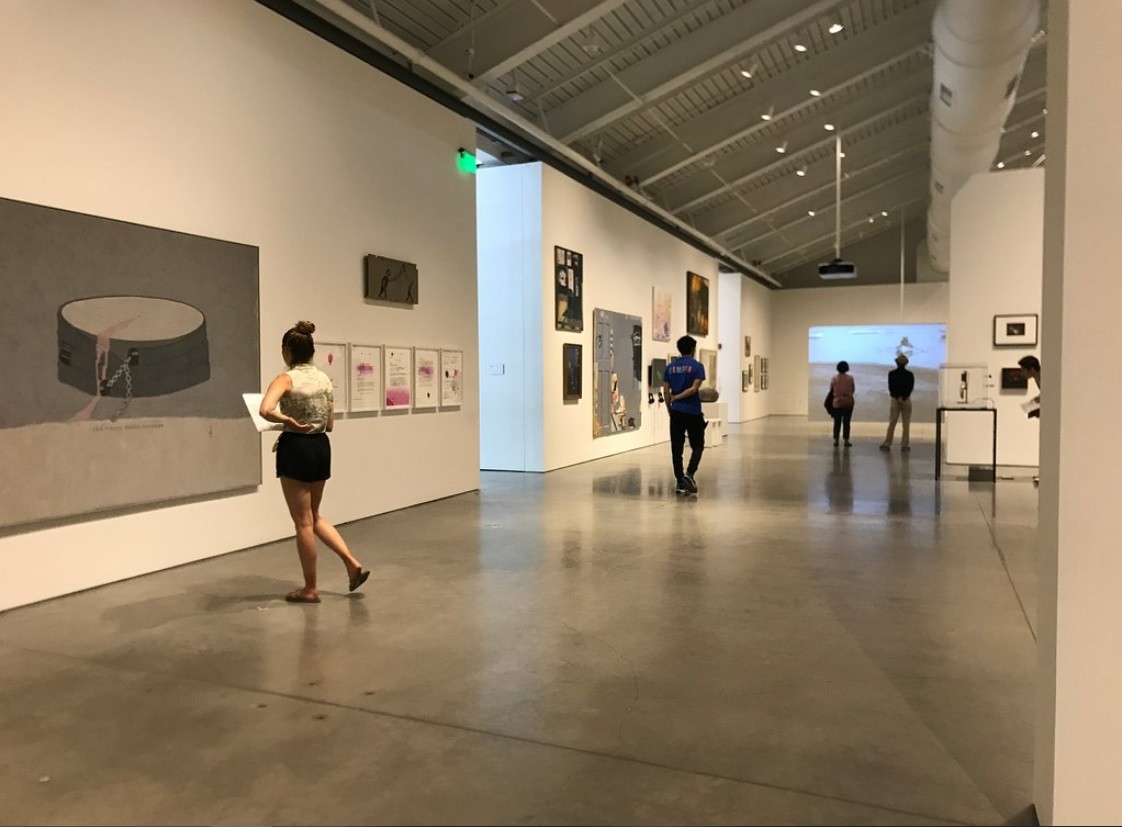
In 2014, the museum acquired a collection of conceptual art and art materials collector and dealer Stephen Leiber of San Francisco, as well as his library of reference books and artists’ books related to conceptualism and the Fluxus movement. The New York Times writes, “with the acquisition … the museum and film archive will become one of the world’s most important centers for the study of conceptual art.
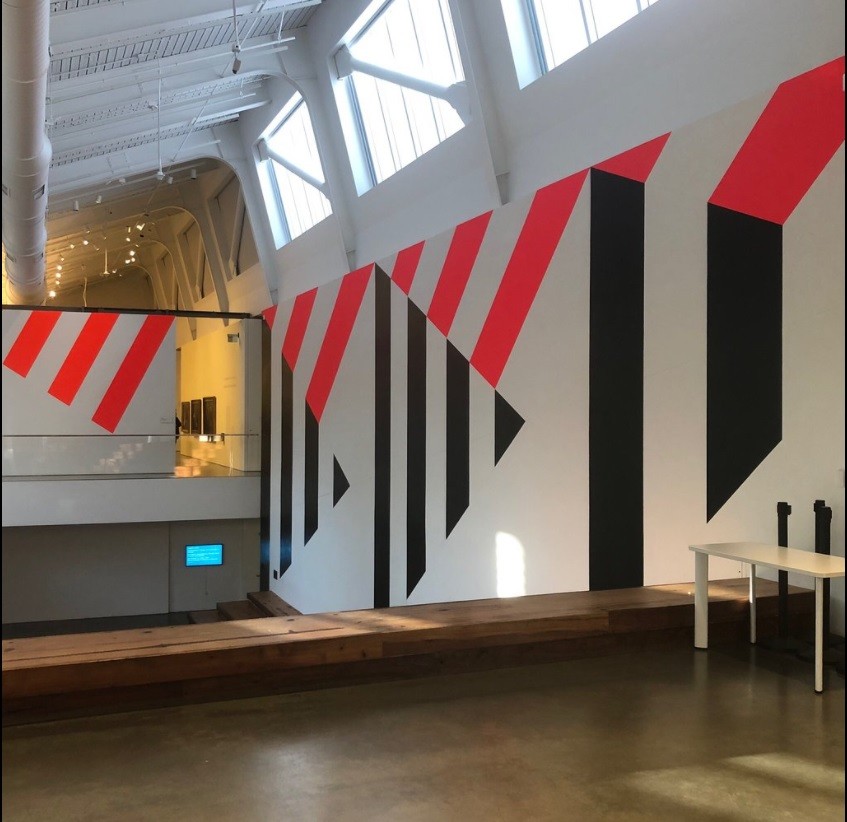
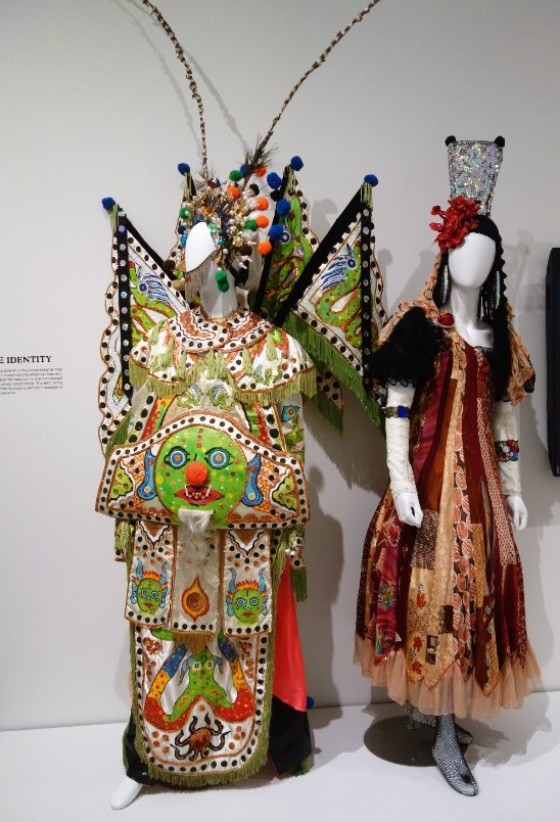
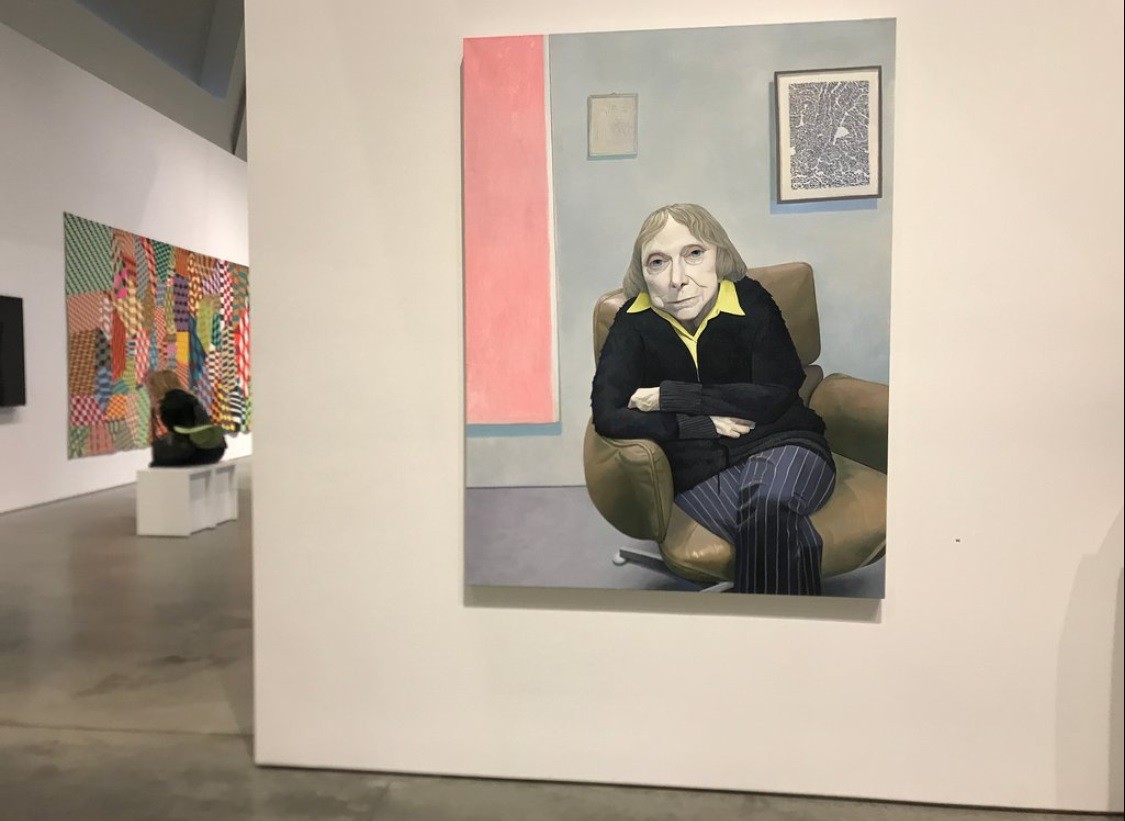
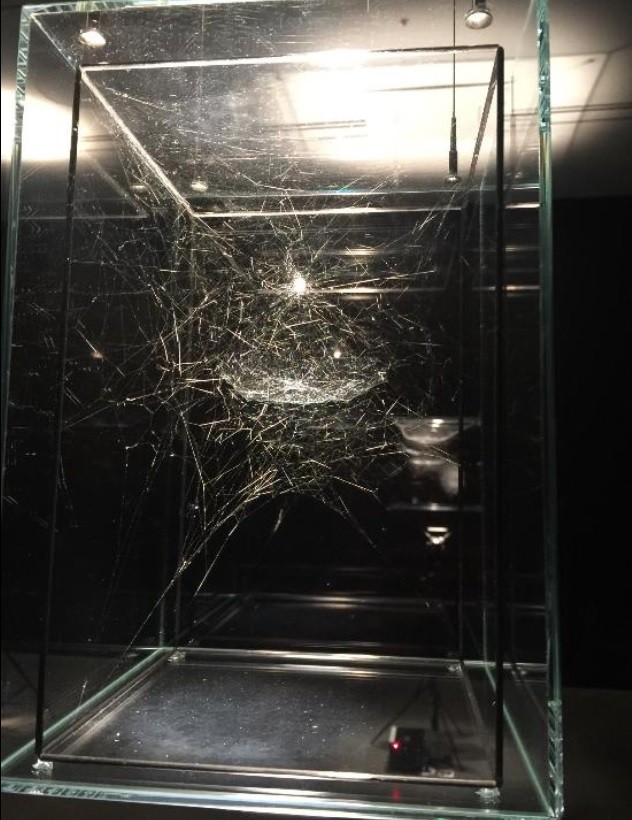

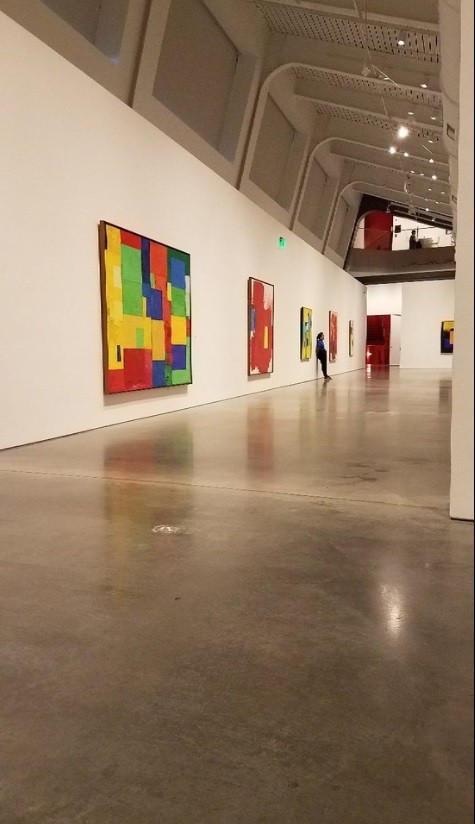
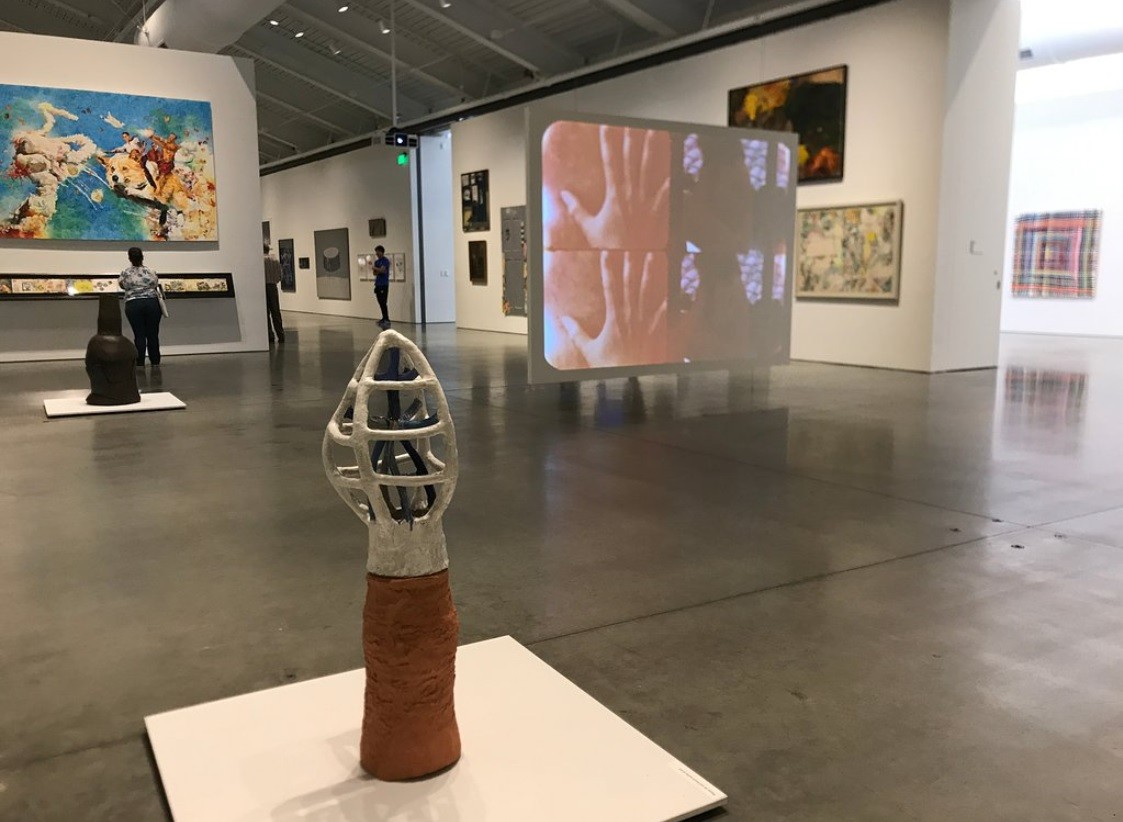
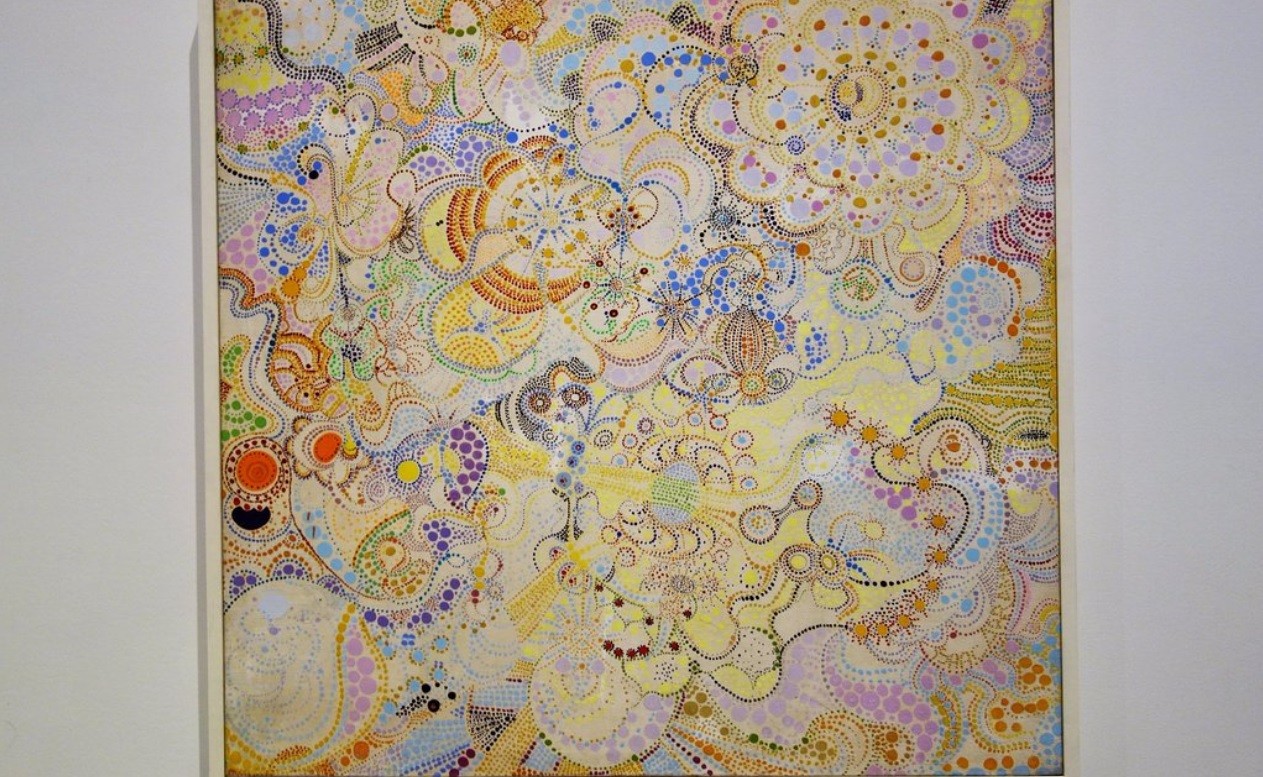
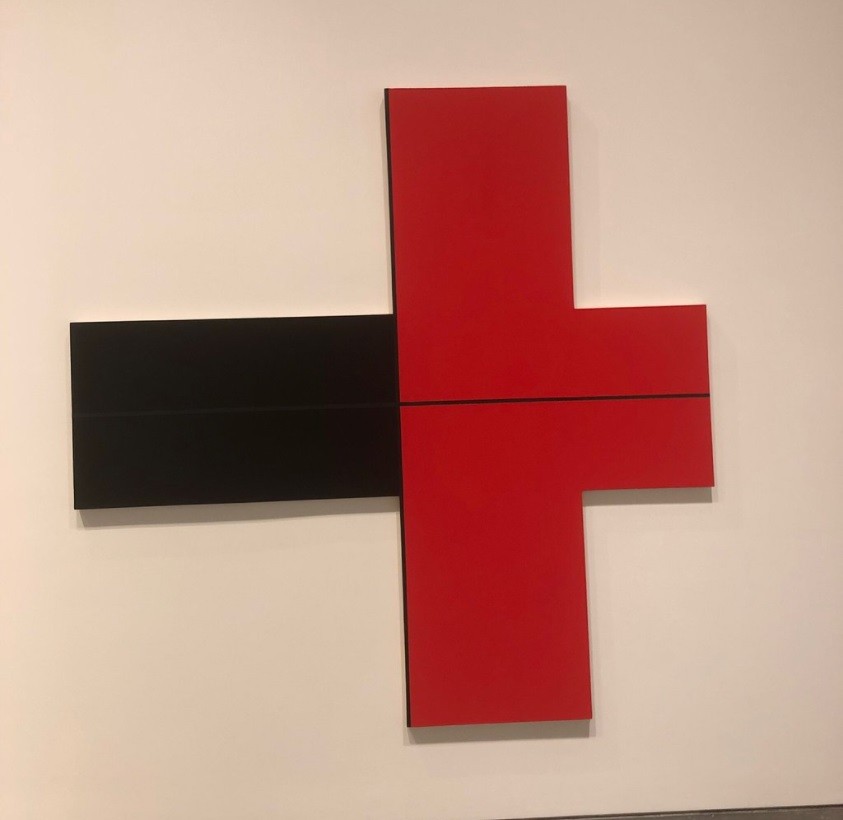
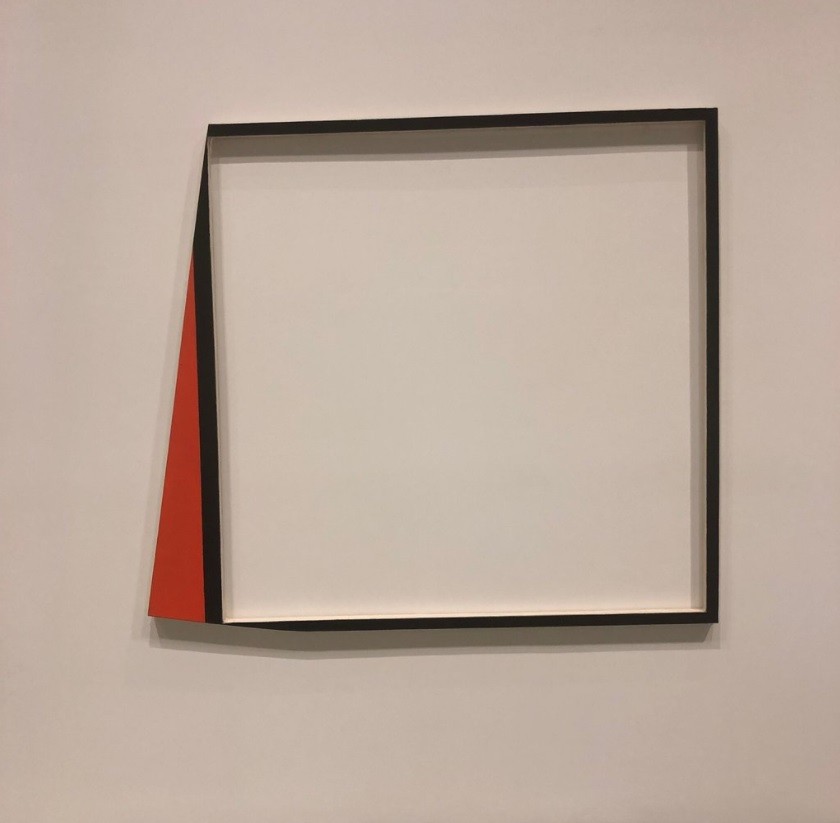
The most exciting exhibitions
Study of human anatomy with sculptures by Rodin
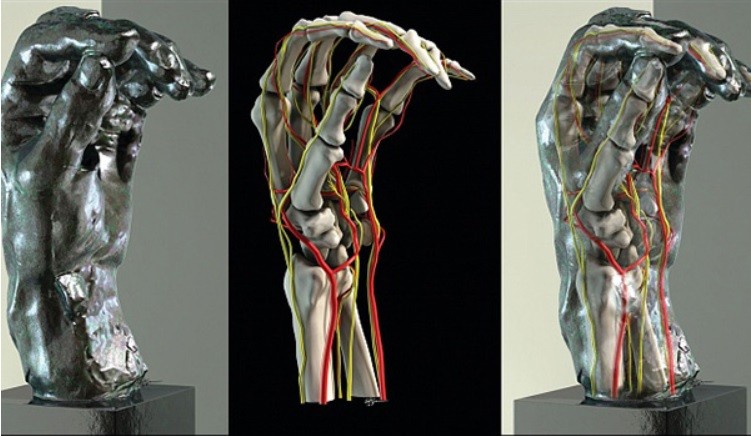
The project will focus on artworks on pre-colonial science topics – sketches of the human brain and other manifestations of science art. At the same time, the exposition will present more traditional works: Tibetan drawings, the lace of the 16th century, etc.
In the future, the museum in Berkeley plans to hold not only exhibitions but also thematic lectures about the combination of art and science. The first meetings will be held in late winter and spring and will be devoted, for example, to drawings of hydraulic turbines by the Austrian inventor Viktor Schauberger, the brain of Santiago Ramón, and natural photography by Karl Blossfeldt.
The exhibition in Berkeley brought back from oblivion the whole direction and its ideologist. 2019
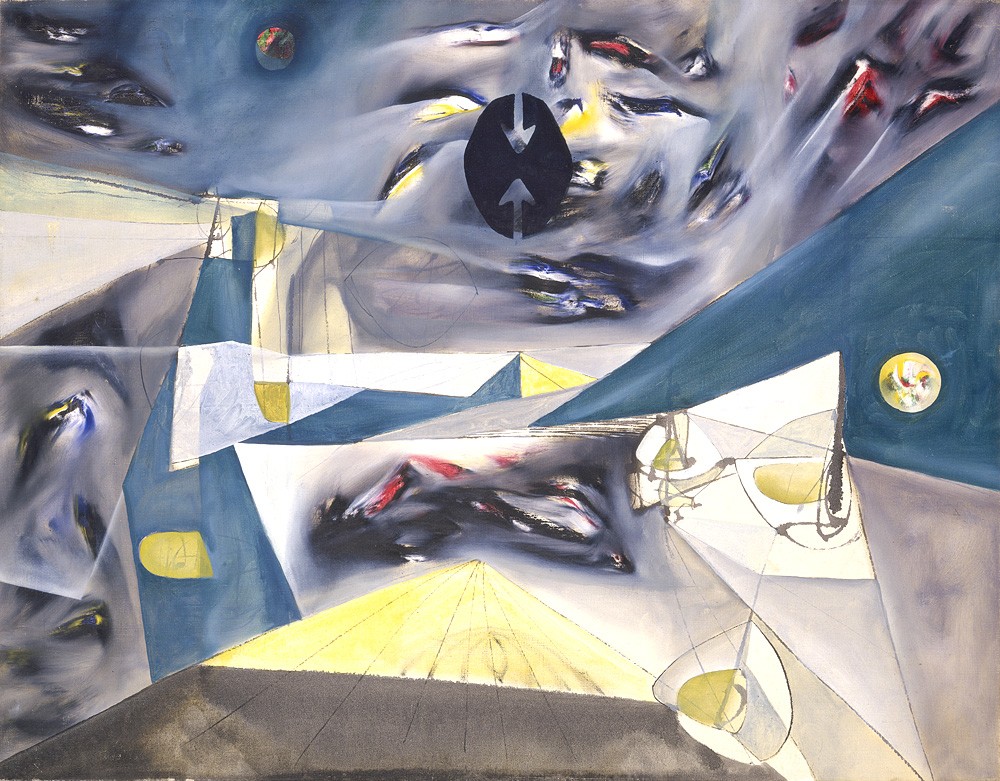
Cubism, futurism, constructivism, Dadaism, surrealism – in this whirlpool of artistic trends of the first half of the twentieth century, Kara Tamko Shirato (1905-1980), today an almost forgotten Hungarian poet and art theorist, saw a clear and inexorable logic. As a student in Budapest, when he was a lawyer who wrote poetry and was not alien to avant-garde experiments, he invented two-dimensional, “flat” poetry, where words are not lined up in lines, but soar like “airplanes, drawing lines in space.
In 1930, Tamco Chirato came to Paris, where he immersed himself in a seething artistic life, met modernist artists, and in 1936 released a manifesto in which he announced that all avant-garde experiments, united by him in one movement – “dimensionism” (dimensionism), one way or another based on the theory of relativity of Albert Einstein. Tamko Shirato also invented the formula for a new direction: N + 1. The idea was that thanks to the new concept of space and matter in literature, painting, and sculpture “there was another dimension: painting moved from two-dimensional to three-dimensional space, and the sculpture has found in addition to the three and fourth. As a result, art is now necessary to perceive the organs of all five senses given to a person, and not just a traditional contemplation.
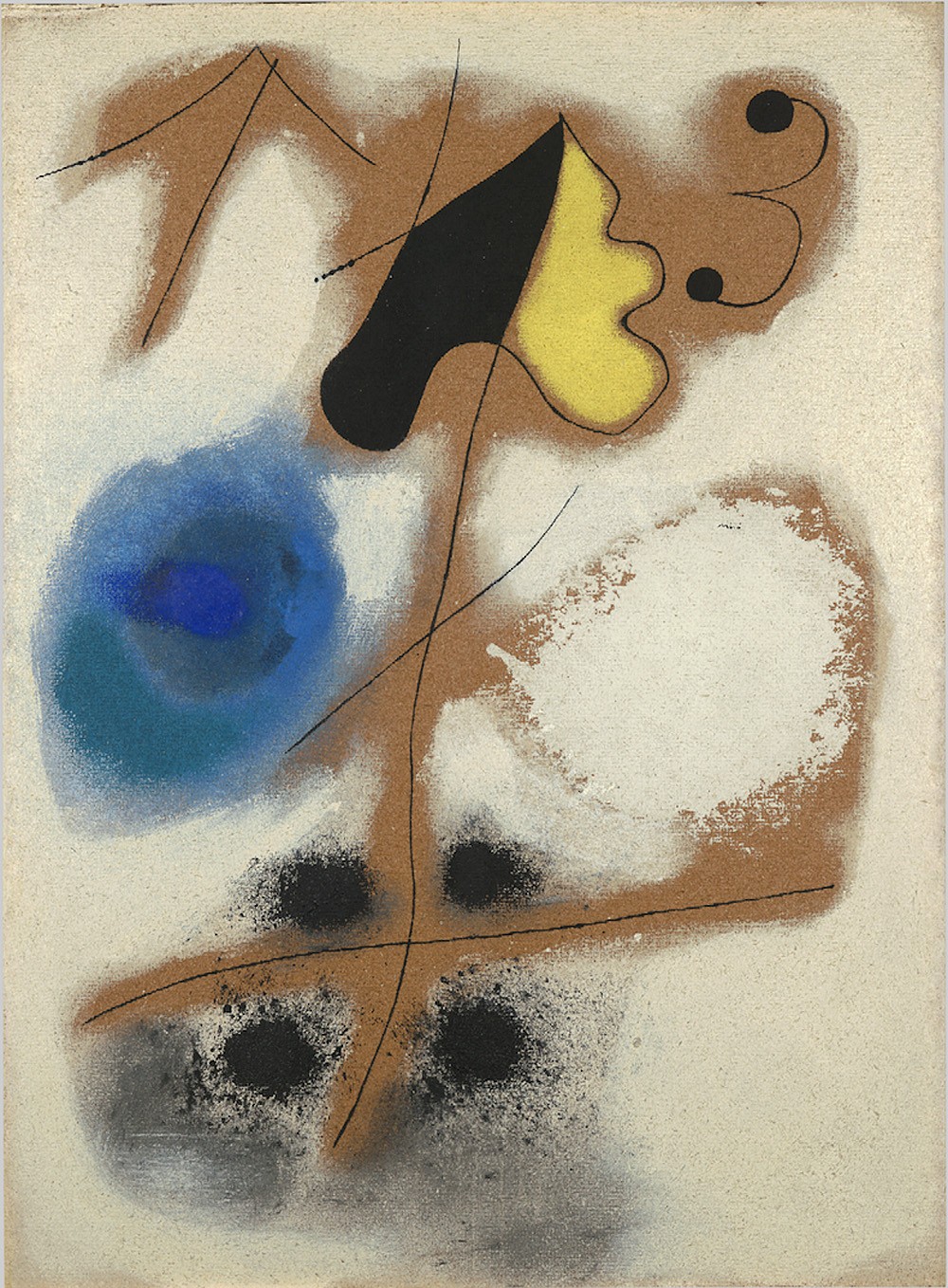
Joan Miro. “Composition”. 1937. Photo: Berkeley Art Museum and Pacific Film Archive / Successió Miró /ARS, New York / ADAGP, Paris.
Tamko Shirato Manifesto was signed by many artists, including Hans Arp, Robert and Sonia Delaunay, Marcel Duchamp, Vasily Kandinsky, Alexander Calder, Laszlo Mahoy-Nagy. “All of them have more or less recognized the influence of science on their art,” says Vanya Malloy, curator of an exhibition at the Berkeley Museum dedicated to Tamko Shirato and his concept of influencing the art of twentieth-century scientific discovery. In March, she will go to the Art Museum at Amherst College, Massachusetts. Malloy’s book “Spacing: Contemporary Art in the Einstein Era”, dedicated to the forgotten movement, was also published for the exhibition.
Kara Tamko Shirato intended to organize the first international exhibition of “spatial” art and publish a magazine called “N + 1”, but was forced to leave for Budapest due to illness. Then there was World War II, then the Cold War – and he never returned to Paris, got carried away with yoga, even opened a school, and earned his living by translating literature.
It was only in the 1960s that Kara Tamko Chirato remembered his theory of “spatiality” and wrote a lengthy text dedicated to it, which was never published before the current exhibition in Berkeley – it is included in her catalog. The exhibition managed to collect 70 works, paintings, sculptures, works in other media from various American institutions – those who signed the manifesto Shirato, and those who have never heard of it, but which were influenced by scientific discoveries of the twentieth century. As in the case of the sculptor Isamu Noguchi, who was friends with Richard Fuller (1895-1983), the architect, designer and inventor who explained to him the Albert Einstein formula E = mc2. It is important to remember, the curator explains, that “all these artists in no way illustrate scientific discoveries. They only give reason to doubt the validity of the reality that we take for granted.
BARRY MAGIC RETROSPECTIVE AT BERKELEY MUSEUM
Although the American artist Barry McGee received his classical education at the San Francisco Institute of Art, his first steps in the 1980s were exhibitions not in museums or galleries, but in the urban space – on the streets of San Francisco, where he advanced as a graffiti writer under the name “Twist”.
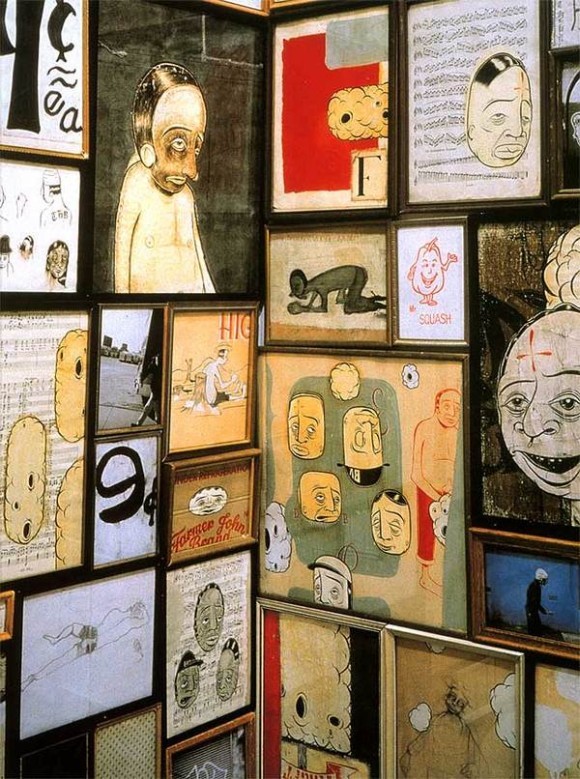
Because McGee worked under several aliases (Ray and Lydia Fong), today it is difficult to identify many of his works. Using a visual vocabulary that consists of comic book elements, street art and other sources, McGee examines issues ranging from street survival to alternative social devices and the harmful effects of capitalism and luxury living.
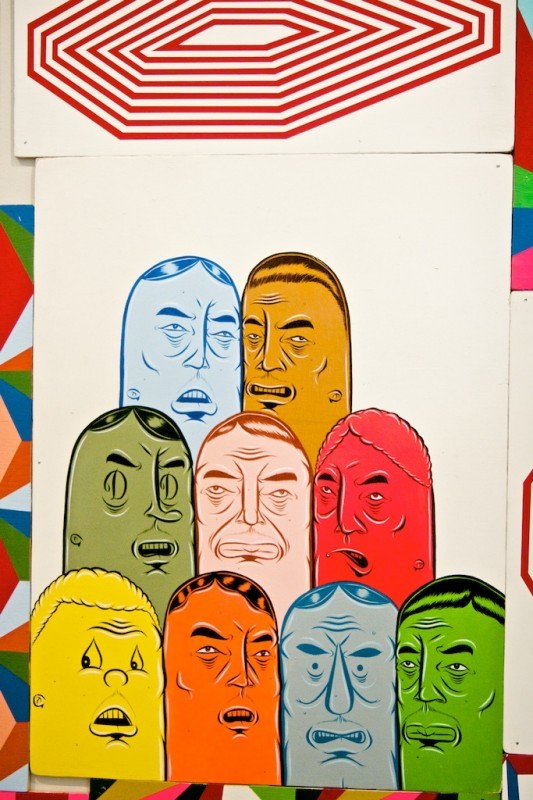
His often humorous paintings, drawings and prints push the boundaries of art: they can be shocking within the walls of a gallery and can be extraordinarily elegant on the street.
